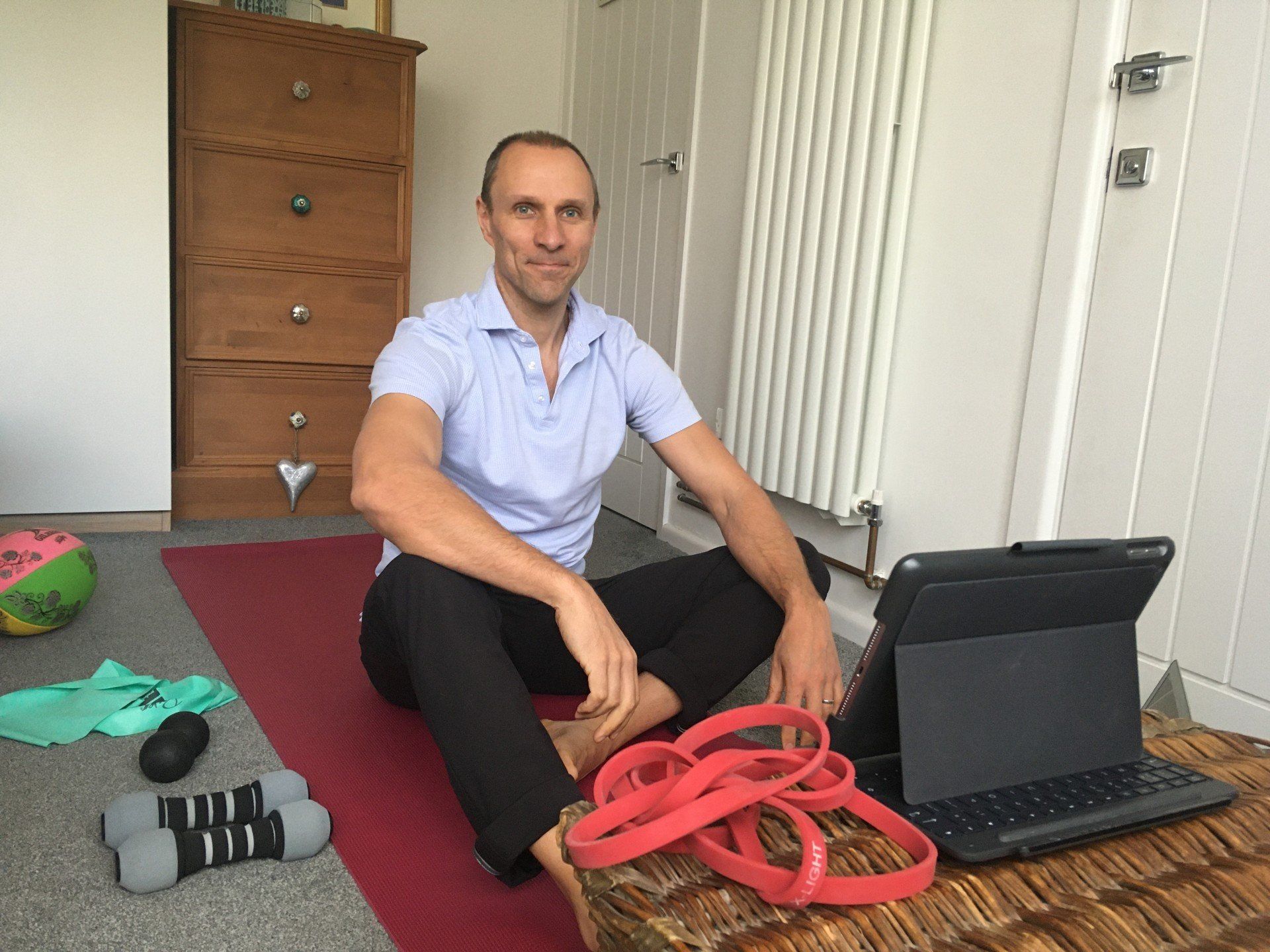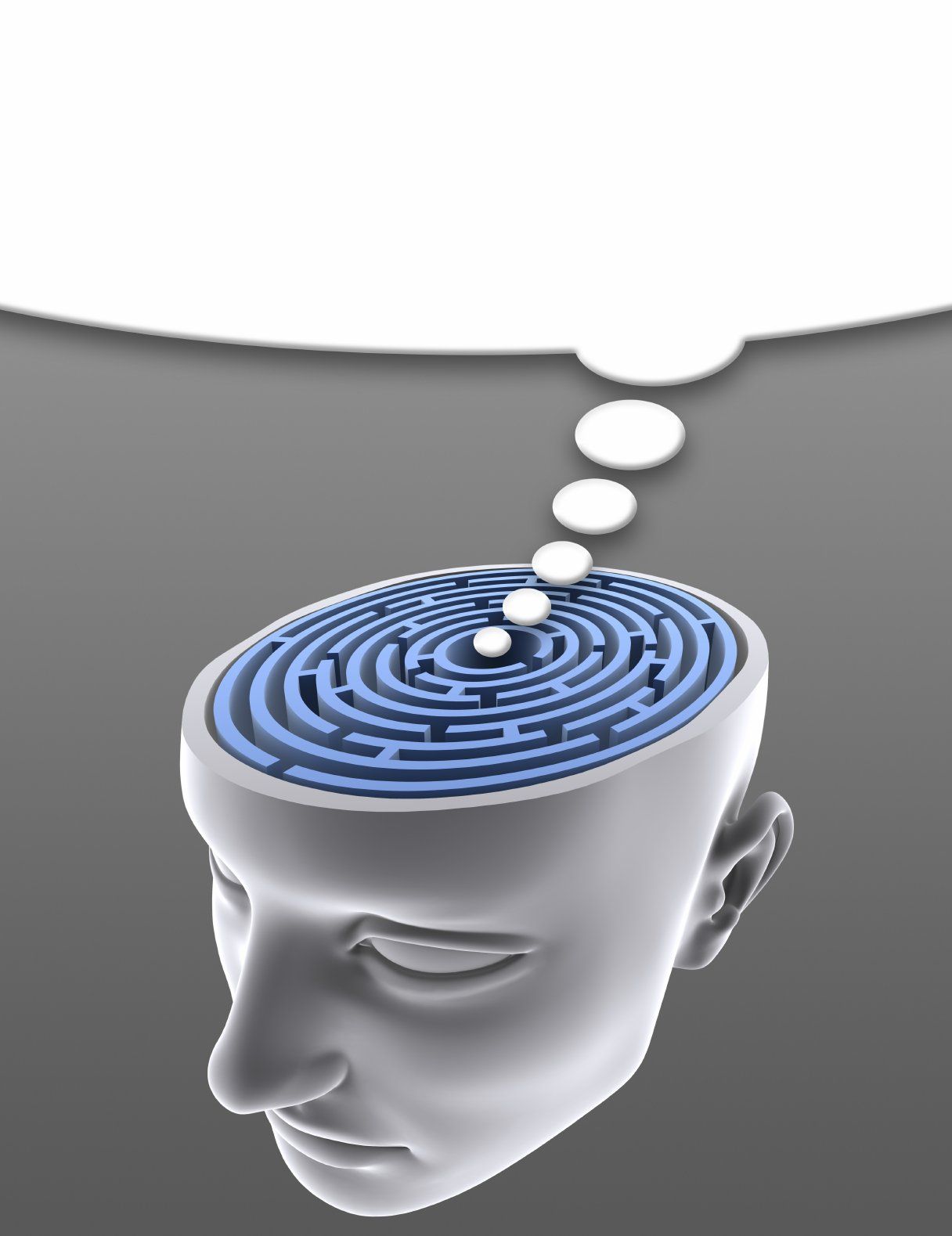Pain is a complicated beast
As the title says, pain is a complicated beast. Through high quality research, primarily in the last five to 20 years, we are confident that pain is an output of the brain.
The correlation between tissue and joint damage and pain? Well, there is no correlation. You can have significant arthritic changes and be ‘too busy for pain’, but equally you can have ‘healed tissues’, yet still have pain.
Think of the examples of people walking across hot coals and broken glass pain free. Closer to home, I have had people come to my clinic with pain due to their bank loans, their job, lack of sleep, excess caffeine and even Brexit! Remember how painful a paper cut is yet the tissue damage so minimal.
During your initial consultation, and if appropriate future sessions, the source of your pain will be discussed. Chronic pain tends to have poor patterns, occurring at random times with random intensity. This is due to sensitisation and rewiring in the brain, along with chemical release and neurophysiology changes. Neuropathic pain will be described as burning, sharp, stabbing and will be originating from a nerve injury, such as sciatica.
Nociceptive, touching, pain, such as dropping something on your toe, will be more of a dull ache spread over an area and usually short lived.
Inflammatory pain will again vary in severity and not present with much of a pattern but is more likely to occur post an activity than during.
Different pain presentations require very different approaches if we are to be successful in addressing that pain source and often a patient will present with a number of sources.
Finally, it’s worth considering the language we use to describe our pain. The patient’s experience and attitude towards their pain, and hence the language they use, is a unique to everyone.
By helping you understand your pain and your experience, my goal is to remove the threat and begin your journey to resolving your problems.




